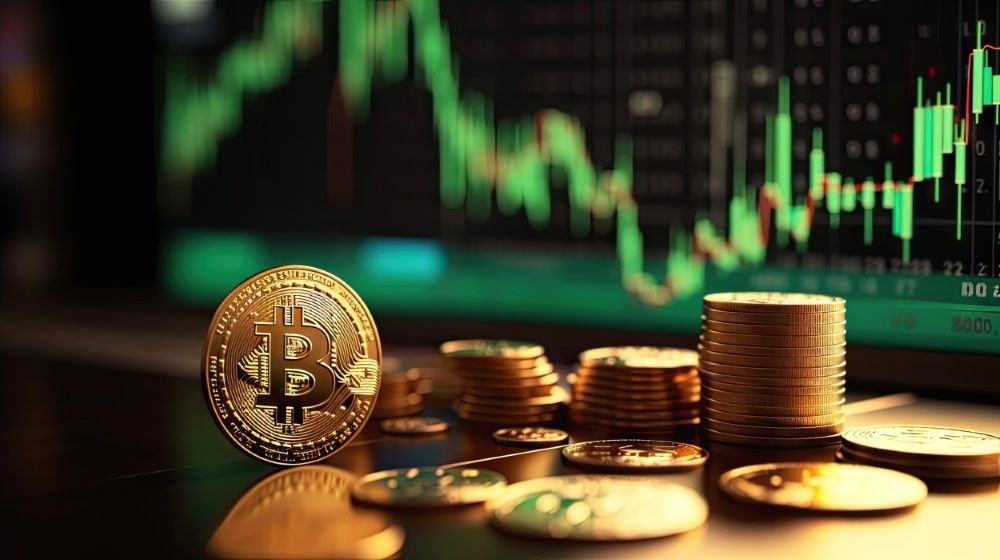Digital certificates – the "must have" of the digital world

The holiday season is an attempt to escape from the digital world for many of us, which, however, is often doomed to failure. Suddenly it turns out that in our favorite seaside restaurant, the menu is only in the form of a QR-code, we pay for ice cream on the beach by contactless using our phone, and instead of a plastic ID, we show its digital equivalent at the hotel.
As we never left home without a wallet in the past, today, there is only one thing we should always have with us – our smartphone. Unless we need any of our "analog" documents: a birth certificate, a graduation certificate, a professional certificate, a health certificate, a carriage book, or any of the other credentials for which we usually have a dedicated folder at home. Only when we need to find them, do we find that they have either gotten lost somewhere, or we have one copy that we can't give away, or the expiration date has expired.
These "or else" are many, and probably each of us has experienced this kind of stressful situation. Paper documents also have many disadvantages that we don't think about every day – they are difficult to distribute and easy to destroy and falsify. Well, and they lack a attribute that has become a permanent feature of the digital world – we can't access them here and now. However, all signs point to the fact that we will soon.
Actually, for a long time, nothing has stood in the way of issuing certificates, accreditations, and credentials digitally. However, only blockchain technology has made it possible to effectively authenticate certificates and provide a guarantee of their immutability. The main essence of blockchain is to maintain a shared and collective ledger of transactions in a digital and distributed form. This ledger is fully secured against unauthorized access, and at the same time open to everyone. A user can view and verify the entire transaction history, from the moment a document exists, up to the present day, and the transactions recorded on the blockchain are irreversible. Thanks to advanced mathematical methods and cryptographic security, all data and transactions in the blockchain are resistant to forgery and tampering.
We have all the necessary tools to issue trusted digital certificates, and many companies are already using them. Alfa Romeo, with its new Tonale model, has introduced a digital vehicle register, where we can check its entire service history. Everledger is using blockchain to record diamond characteristics such as color or clarity to create an unmatchable diamond identifier. The Circulaise platform (behind which are Shell, Philips, and PwC, among others) has introduced certificates for distributing sustainably sourced coconut oil to the market, as well as a certification system for biofuel. And, literally, moments ago, it was announced that the WHO has adopted the EU's COVID-19 digital certification program and is building a global digital health certification network.
Well then, if we are a company that wants to issue digital certificates for its services or would like to equip its products with digital authentication (along with the ability to record their ownership history, service, etc.), how do we go about it?
There are two ways: we can – with- out considering the cost – write and maintain such a system ourselves, or we can use a ready-made solution. There aren't many of these solutions on the market at the moment (good blockchain engineers are maybe a few dozen people around the world), while certainly one of the most interesting is a system developed by the Polish company DoxyChain. It is both a solution (PaaS) for large companies and a ready-made system for smaller entities wishing to issue digital certificates. It allows you to easily create a certificate using a template of your choice and manage the entire lifecycle, i.e. issuing, renewing, revoking, and archiving certificates.
And all this in a simple way that doesn't require users to be technical gurus, because the advanced blockchain technology works in the background behind a user-friendly interface. An important part of the certificate is the QR code, which is used to verify and check the authenticity of the issued certificate. And for both presenting the certificate and checking it, all we need is our favorite smartphone and any web browser.
Complementing the system is a digital electronic signature and a document management tool. The whole thing forms a neat DMS (document management system) based on blockchain, which is the most secure system possible. Doxy- Chain's solution is now being tested by the Government of Canada, among others, because the problem of issuing trusted digital credentials and distributing them securely has been addressed faster by the government than by businesses (see: mCitizen 2.0).
So all indications are that for these types of documents, the transition to digital form is not a question of “if”, but “when”. And once that happens, the famous folder for important documents will cease to exist, and our children as they will be grown-ups, will be able to check at any time what grade they had in math in the 5th grade of elementary school...
Author: Piotr Pawłowski, Managing Partner, Level2 Ventures
This article comes from magazine:
FOCUS ON Business #12 September-October (5/2023)
 Check the issue
Check the issue







